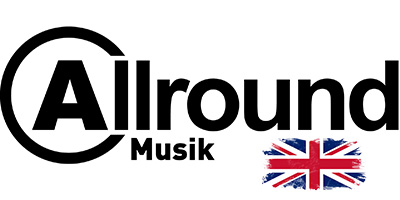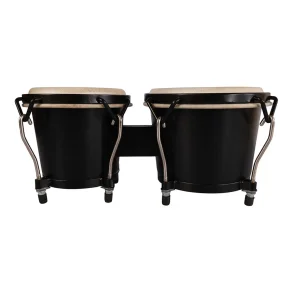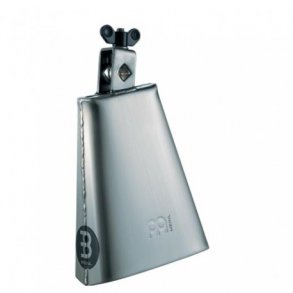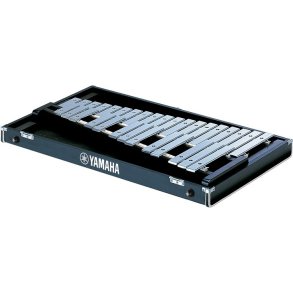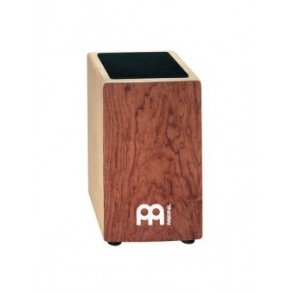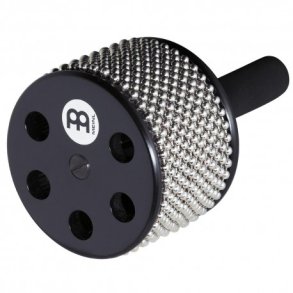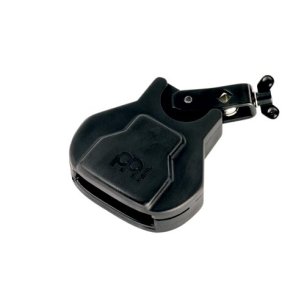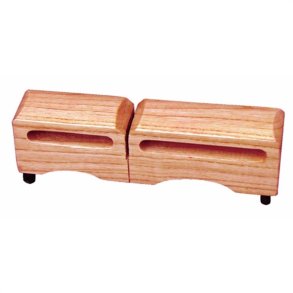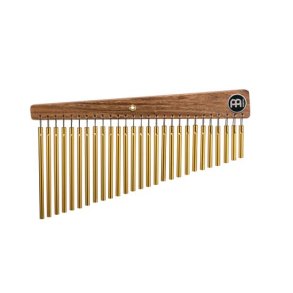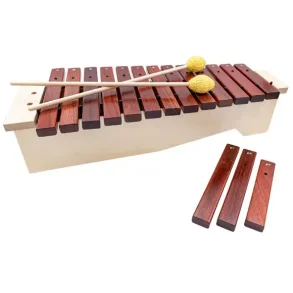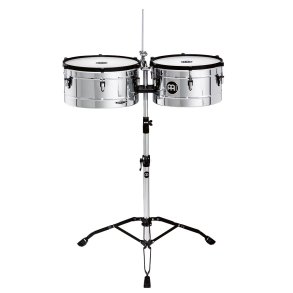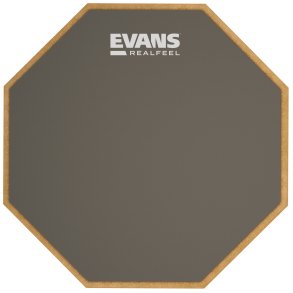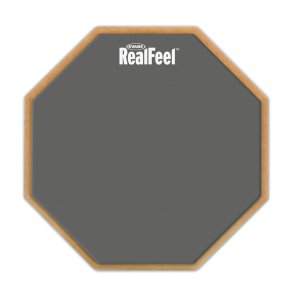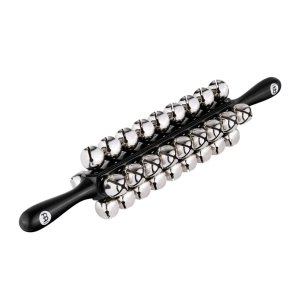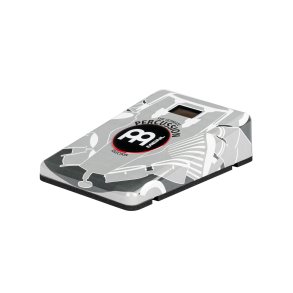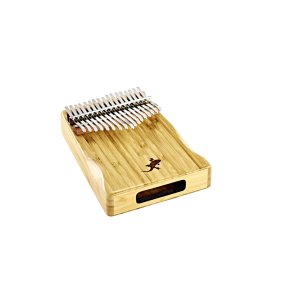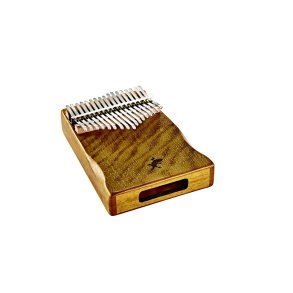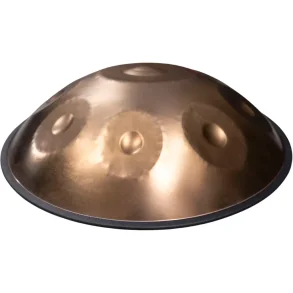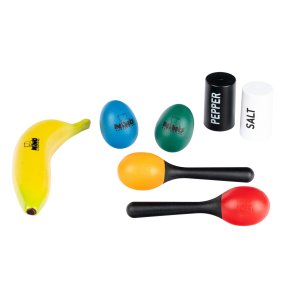
Percussion
Explore our large selection of percussion. Sometimes it's the little instruments that make the biggest difference to the music.

What is percussion?
Percussion means percussion. The term is used for pretty much anything other than the drum kit - as long as it primarily makes sounds and not notes. Percussion is used to support the music and give a particular (often Latin American) vibe.
Percussion instruments can be used in both classical and rhythmic genres. The basic function may be to keep the beat, but percussion instruments can do so much more than that. They can make special sounds and add excitement and color to the musical composition. Which percussion instruments to choose depends on the type of music you need to support and the story you want to tell.
Becoming a good percussionist is an art. You need to be on top of your rhythm and hit it perfectly - and you need to know your instrument well and how hard to hit it to get the right sound.
Some percussion instruments can be tuned. For example, the xylophone, which has multiple notes. But most percussion instruments don't have a pitch register and therefore can't be tuned. This includes instruments such as drums, cymbals and castanets.
The range of percussion instruments is huge. Let's focus on a few selected instruments here:
Cajon
One of the most popular percussion instruments of all time has to be cajon. The drum kit is seen everywhere from parks and pedestrian zones to stages at unplugged concerts. Originally from Peru, it found its way into Western music through jazz and flamenco. Now it's almost commonplace and is used in many different genres as a rhythmic foundation.
Maracas
The maracas come from Mexico. For the most part, they look a bit like a rattle for adults. But there's no mistaking the funny-looking little instrument. When used correctly, it produces the crispest rhythm to which you can dance the fiercest salsa.
Castanets
Another fun little instrument - this time from Spain. It's a bit like playing spoons, if you've tried it. Castanets consist of two pieces of wood that are tied together. When the pieces of wood click against each other, it makes a very distinct sound.
Percussion through time
Percussion instruments have a long history.
In the Middle Ages, percussion was apparently used in most walks of life. Imagery shows instruments such as the triangle, tambourine and one-handed drums in particular.
In the early Viennese classical symphony orchestra, timpani were typically the only form of percussion, but during the 19th century more powerful instruments such as xylophone, glockenspiel, castanets and claves were added.
In the 20th century, pure percussion ensembles popped up, and fast forward to the present, percussion plays a crucial role in many popular genres - both electronic and acoustic.
